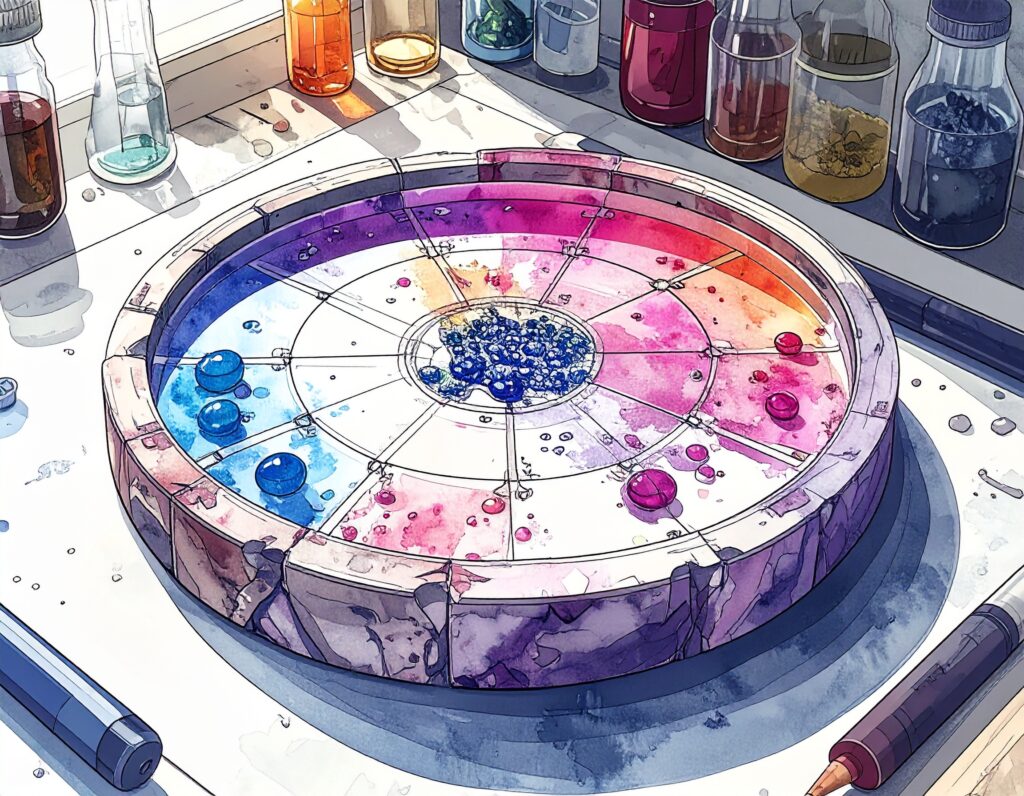I decided that my theme will be Ghosts.
- “The Haunt” is a board game in which players must compete to posses a human and escape a house of trapped souls using strategies to learn their victim’s identity.
- “Ghost hunters” is a card game where players must evade capture by world renowned ghost hunters using the tools they come across to win.
- “Spirit’s Revenge” is a collaborative board game where players collaborate to hunt down a mysterious and elusive spirit using the clues found around the location.
- “Battle of the Boos” is a strategy game where players compete to be the head of the house using the clues of this opponents identities.
- “Ghost Stories” is a card game where players must compete by building the best ghost story using the cards they draw and pass to others.



